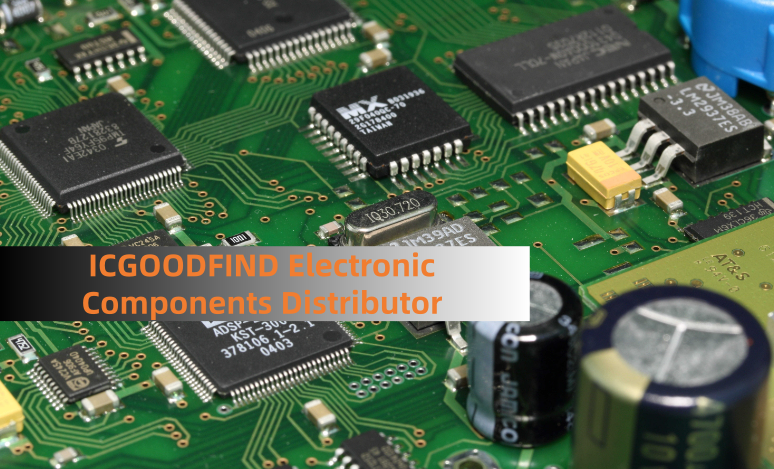**AD1851R: A Comprehensive Analysis of the 24-Bit, 192 kHz Digital-to-Analog Converter**
In the realm of high-fidelity audio reproduction, the digital-to-analog converter (DAC) serves as the critical bridge between the digital domain of bits and the analog world of sound. The **AD1851R from Analog Devices** stands as a significant milestone in this field, representing a high-performance, multi-bit sigma-delta DAC engineered for the most demanding audio applications. This analysis delves into the architecture, key features, and performance characteristics that have cemented its reputation.
At its core, the AD1851R utilizes a **multi-bit sigma-delta architecture**, a design choice that offers a distinct advantage over single-bit designs. This architecture inherently reduces quantization noise and minimizes the need for complex, high-order digital filtering. The result is a cleaner analog output signal with superior linearity and a reduced susceptibility to clock jitter. The converter accepts serial audio data with word lengths up to **24 bits and sampling rates up to 192 kHz**, ensuring compatibility with high-resolution audio sources and capturing the full nuance and dynamic range of the original recording.

A cornerstone of the AD1851R's performance is its exceptional dynamic range and low distortion. It achieves a typical dynamic range of 114 dB and a total harmonic distortion plus noise (THD+N) figure of -100 dB, specifications that were class-leading at its introduction and remain highly respectable. This performance is made possible through **advanced segment switching** within the DAC elements. This technique minimizes glitch energy and improves linearity, which are crucial for maintaining audio purity, especially at low-level signals where inaccuracies are most audible.
The device incorporates an onboard digital filter, a vital component that shapes the raw digital signal before conversion. This **oversampling digital interpolation filter** attenuates imaging artifacts—unwanted spectral components that occur during the digital-to-analog process—by more than 100 dB. By handling this task on-chip, the AD1851R simplifies the design of the external analog reconstruction filter, allowing for a simpler, more phase-linear circuit that better preserves the temporal integrity of the music.
Furthermore, the AD1851R is designed for flexibility and integration. It supports a variety of audio data formats and features a serial control interface that allows for adjustments to parameters like attenuation and mute functions. Its **dual differential voltage outputs** provide a balanced signal path, which can be leveraged in design to improve common-mode noise rejection and further enhance the signal-to-noise ratio in the final analog stage.
**ICGOODFIND:** The AD1851R is a benchmark multi-bit sigma-delta DAC whose legacy lies in its robust architecture, exemplary dynamic performance, and on-chip integration. Its design effectively addresses key challenges in high-resolution audio conversion, including linearity, jitter sensitivity, and filtering. For engineers and audiophiles alike, it remains a symbol of a transition period where digital audio truly began to achieve analog-like warmth and fidelity.
**Keywords:** Multi-Bit Sigma-Delta Architecture, 24-Bit 192 kHz, Dynamic Range, On-Chip Digital Filter, Segment Switching
